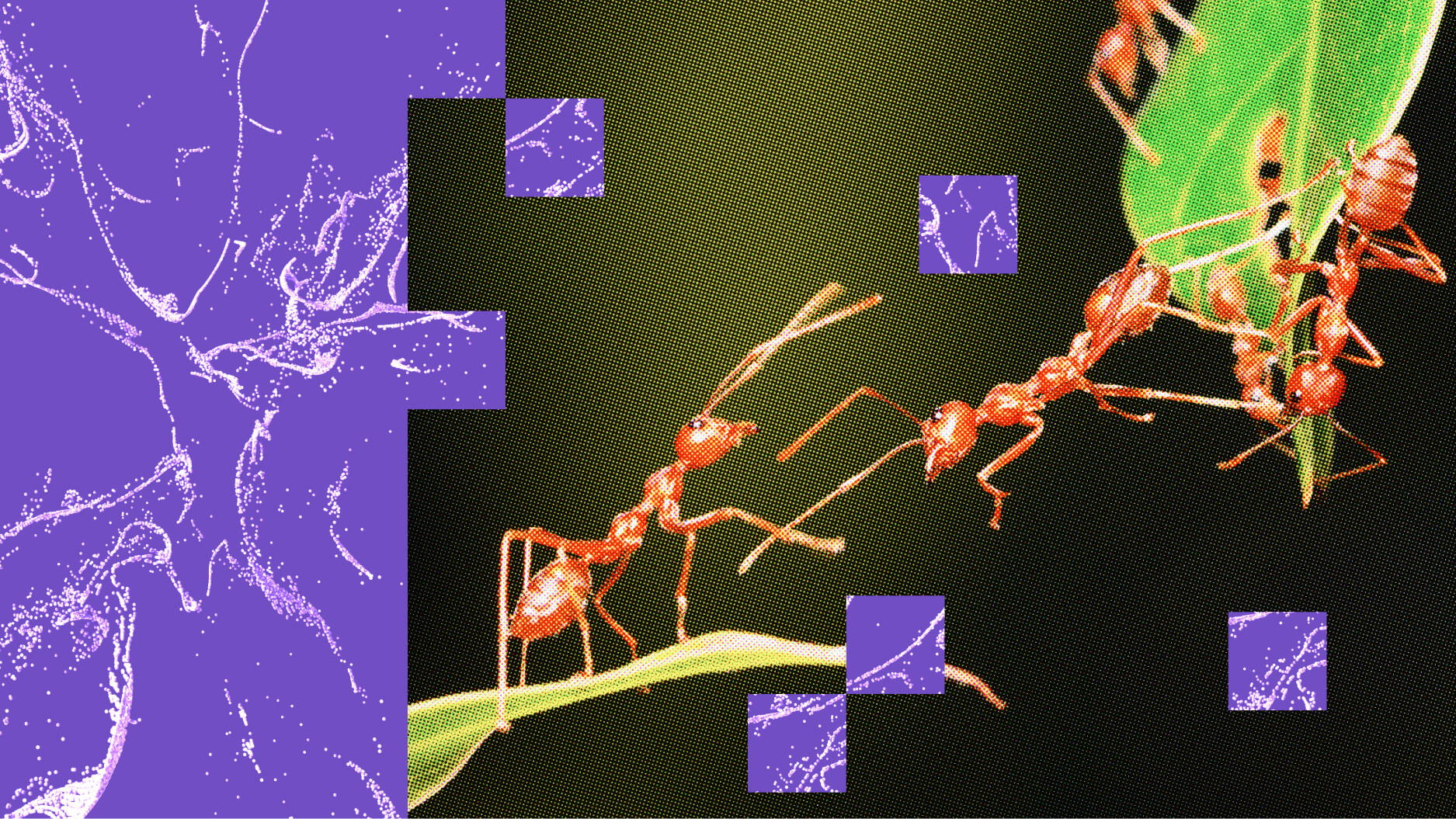Supercomputers Have Taken Research to a Whole New Level

At what point does research and science stall due to the limitations of human capability? Think about how many research papers exist on any one particular subject — say, the human genome or astrophysics. It would be impossible for one single researcher to sift through all that information and siphon the broad swaths of data necessary to make advanced discoveries. Luckily for us meager humans, supercomputers can do all that and more.
Hal Hodson of New Scientist recently penned an article detailing advancements made by supercomputer research. He spotlights KnIT, a machine in San Jose capable of reading 100,000 research papers in two hours:
KnIT didn’t read the papers like a scientist – that would have taken a lifetime. Instead, it scanned for information on a protein called p53, and a class of enzymes that can interact with it, called kinases. Also known as “the guardian of the genome”, p53 suppresses tumours in humans. KnIT trawled the literature searching for links that imply undiscovered p53 kinases, which could provide routes to new cancer drugs.
Having analysed papers up until 2003, KnIT identified seven of the nine kinases discovered over the subsequent 10 years. More importantly, it also found what appeared to be two p53 kinases unknown to science. Initial lab tests confirmed the findings, although the team wants to repeat the experiment to be sure.
Hodson also mentions the Manchester-based Eve system, which helped develop a new malaria drug with a unique method of lab experimentation. KnIT and Eve represent just two examples of supercomputers that have been programmed to scan humanity’s blind spots.
Read more at New Scientist
Photo credit: wavebreakmedia / Shutterstock
To learn about Watson, one of the world’s most famous supercomputers, watch this clip from IBP Senior VP Jon Iwata’s Big Think interview.





